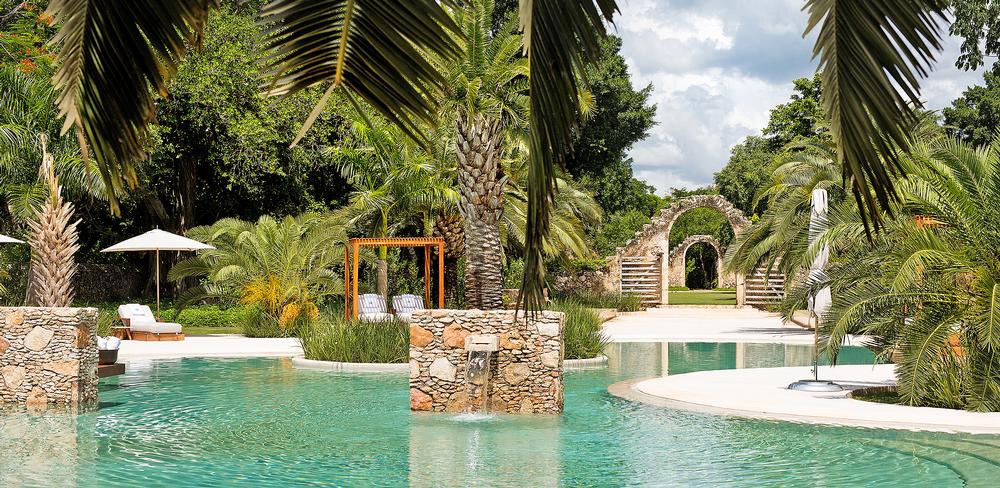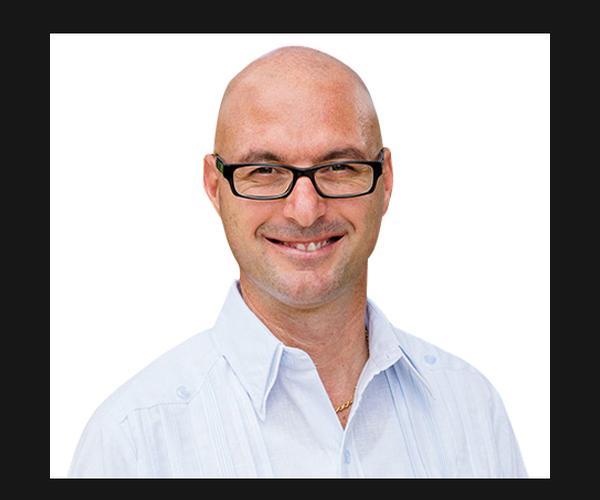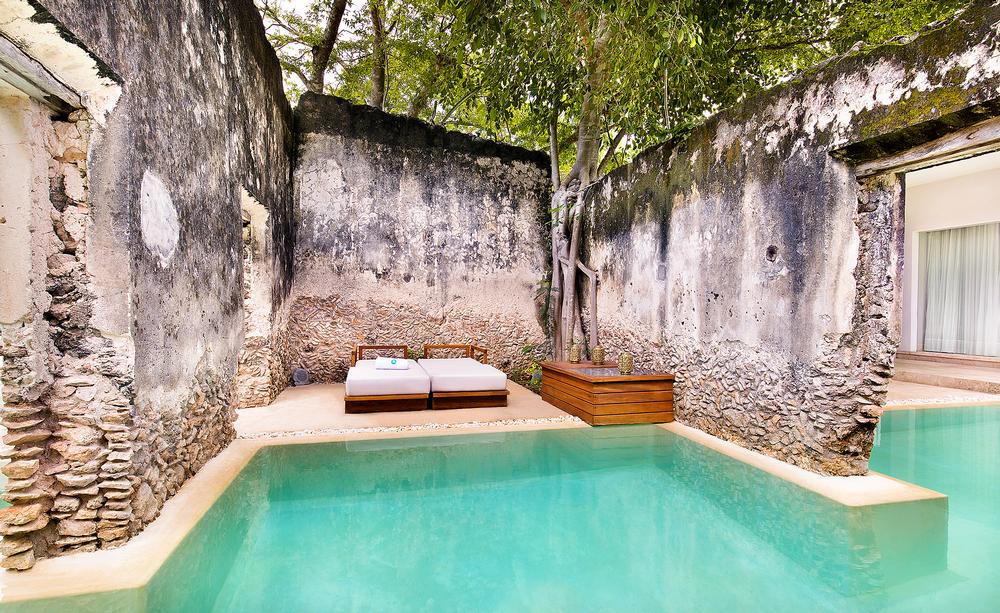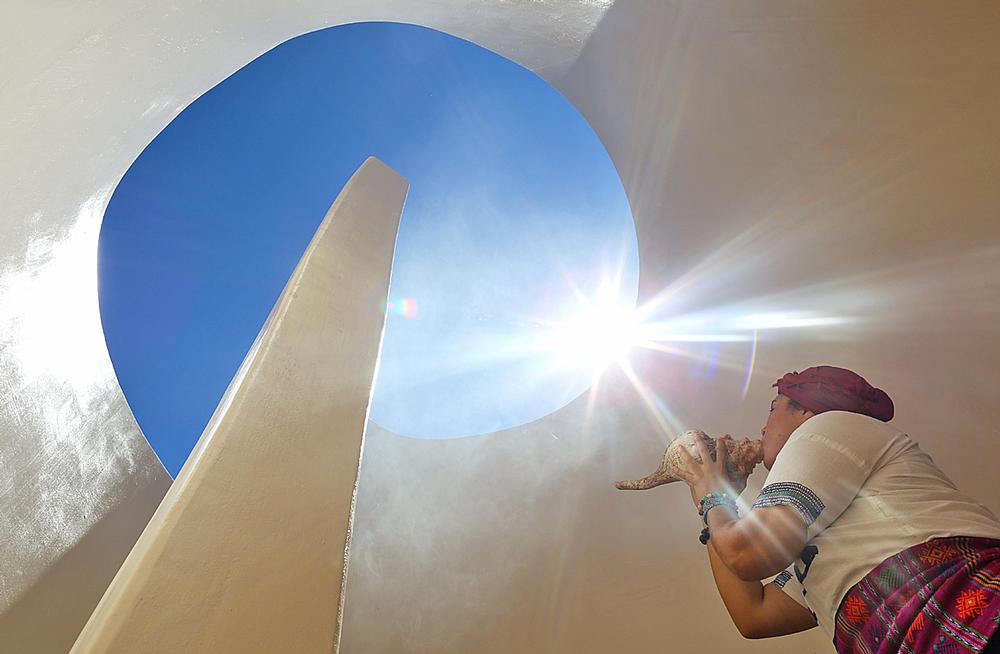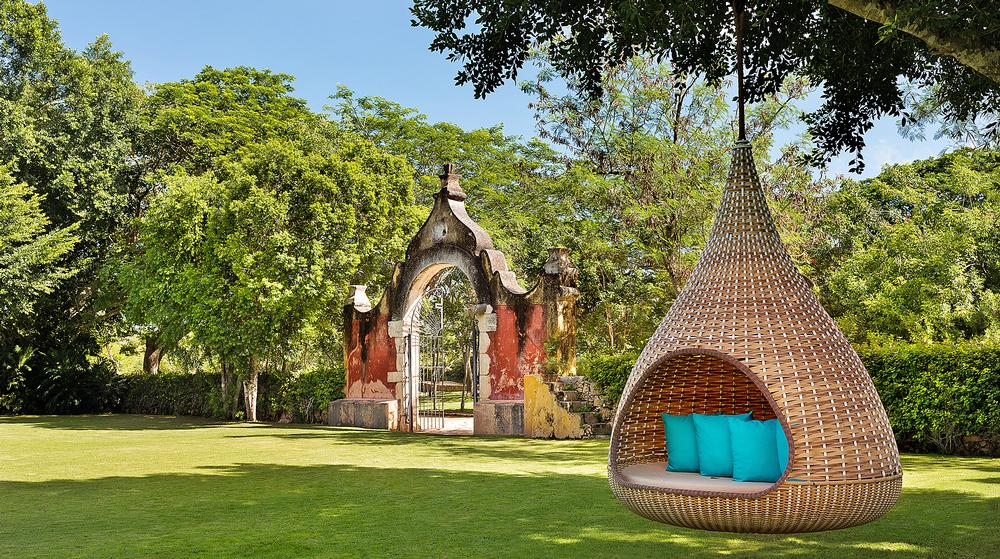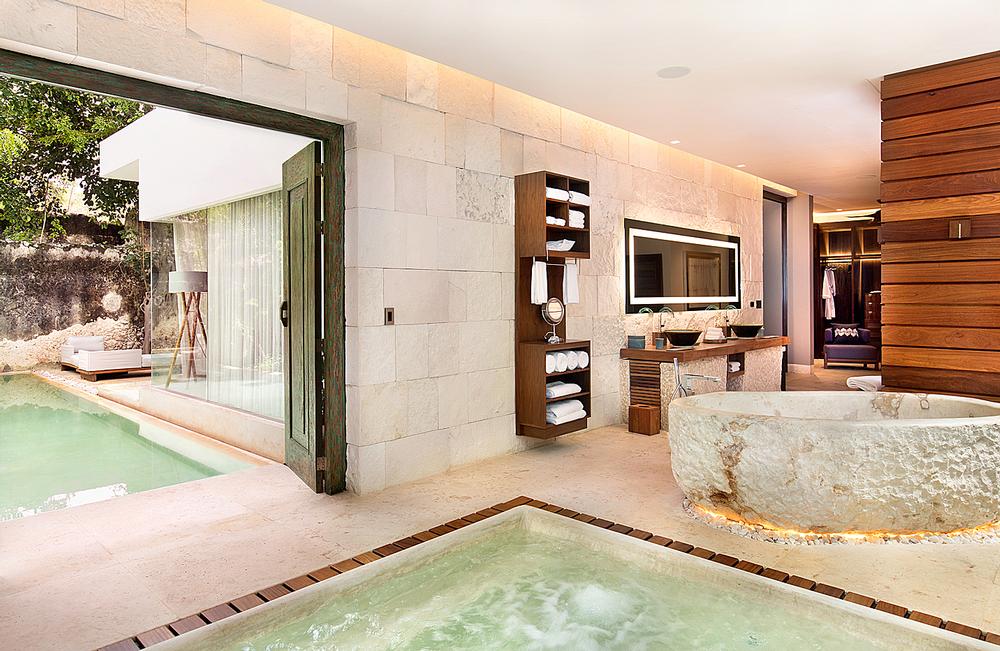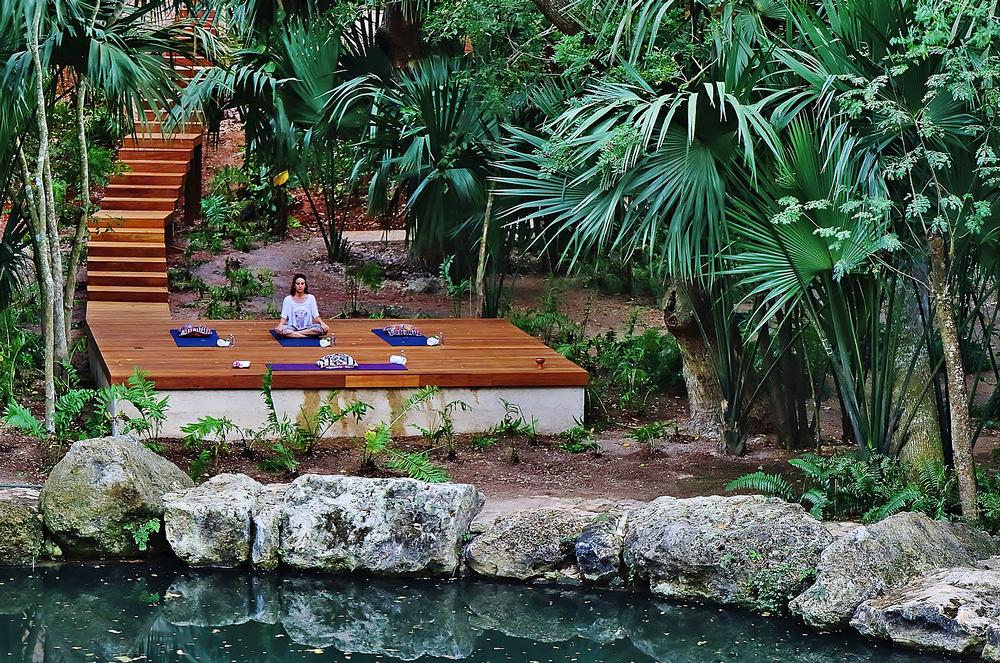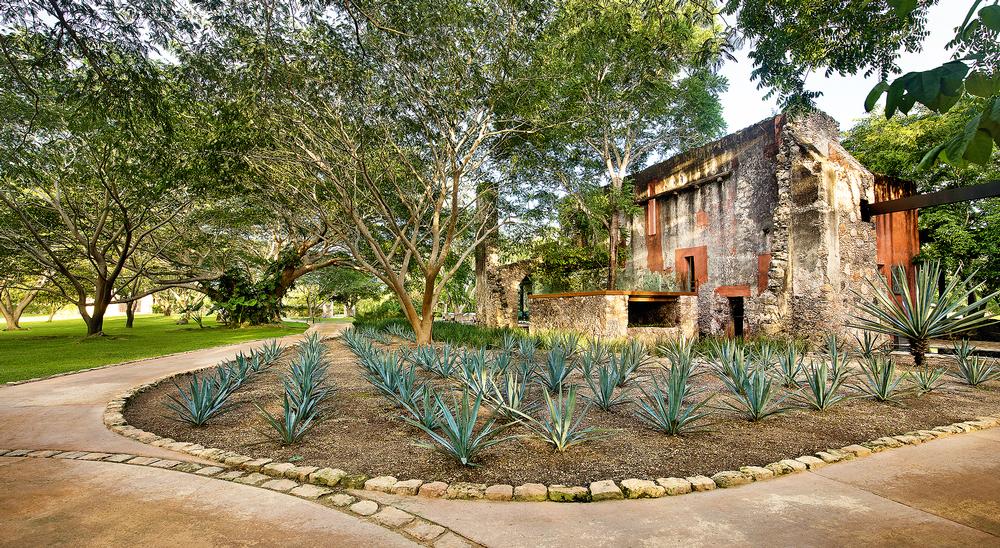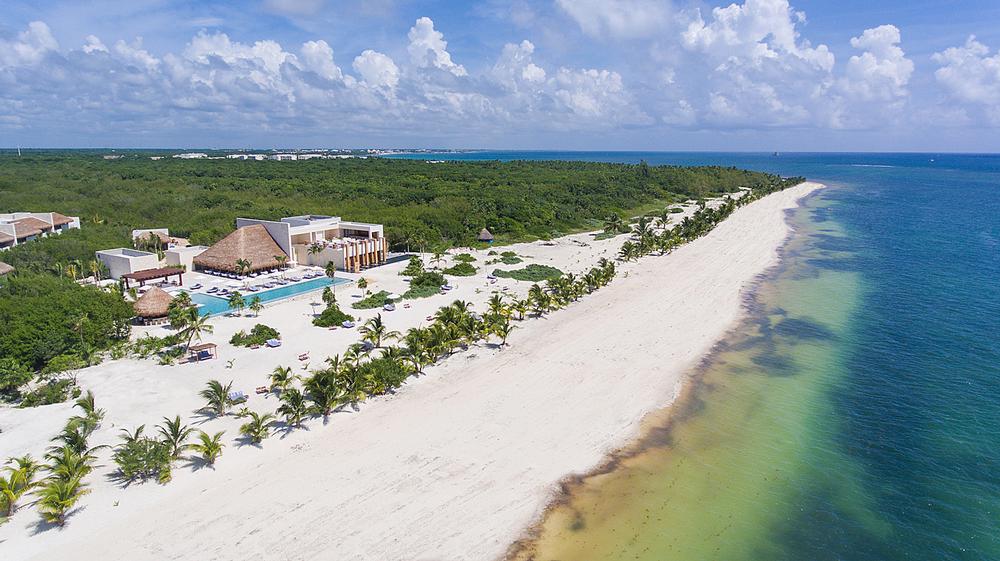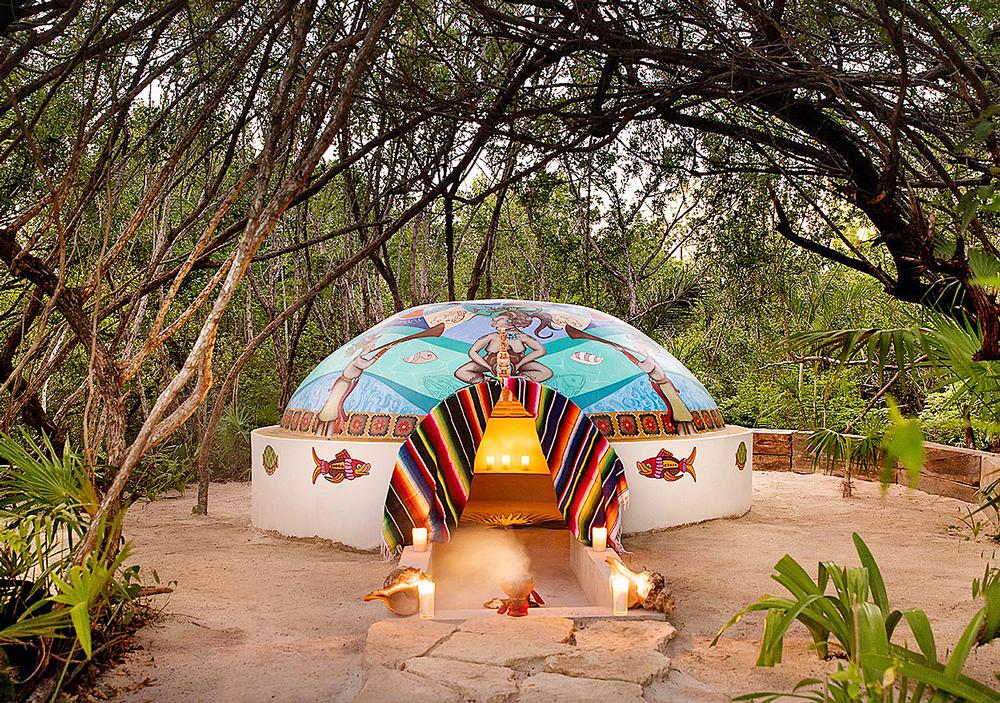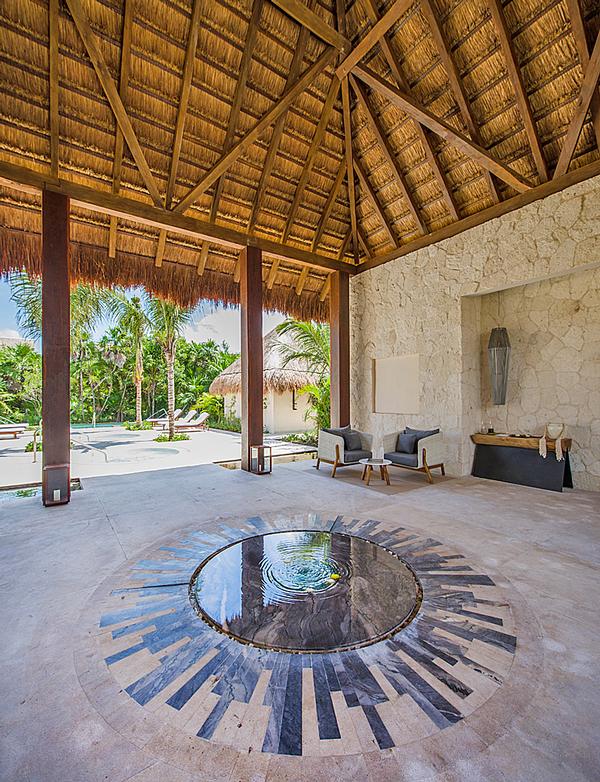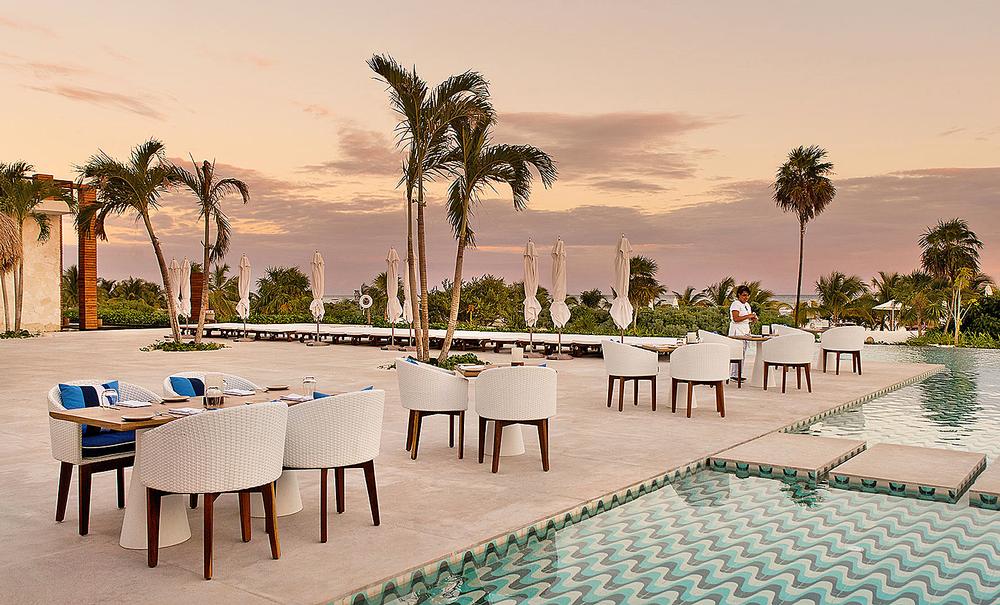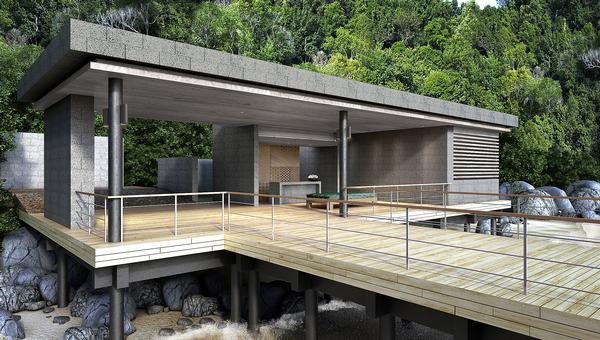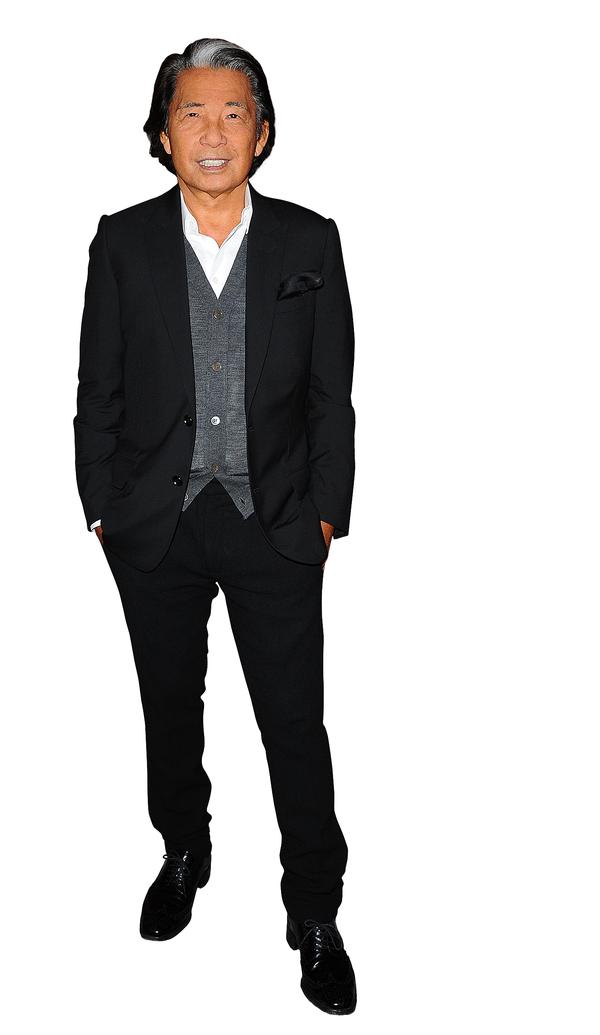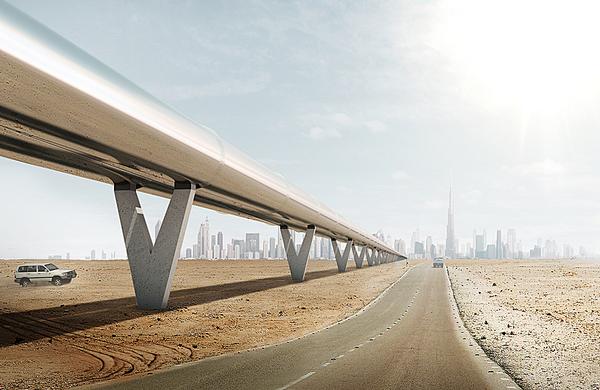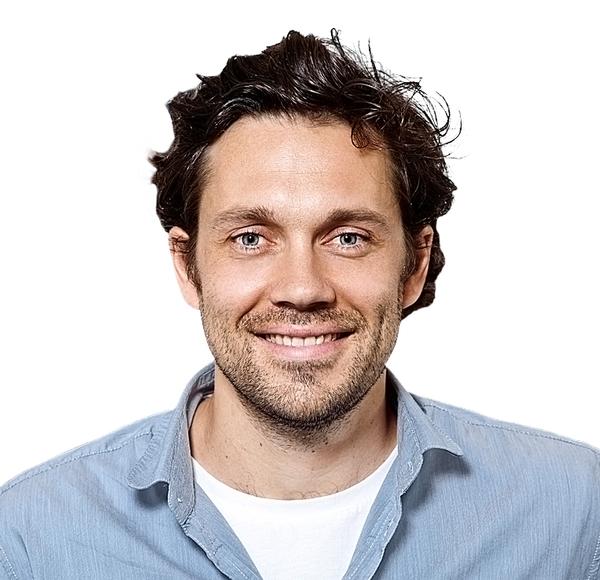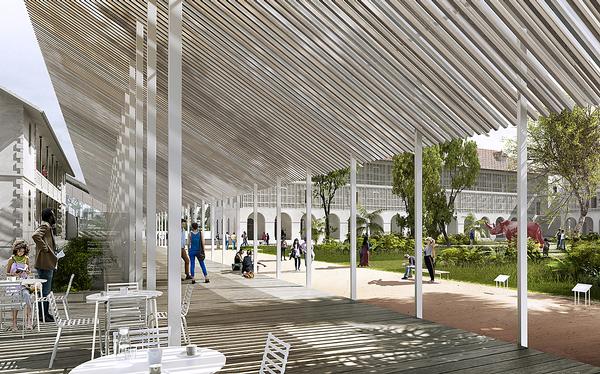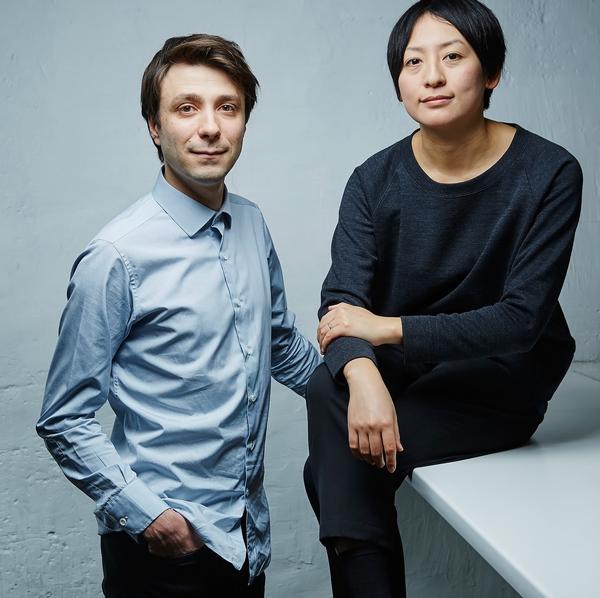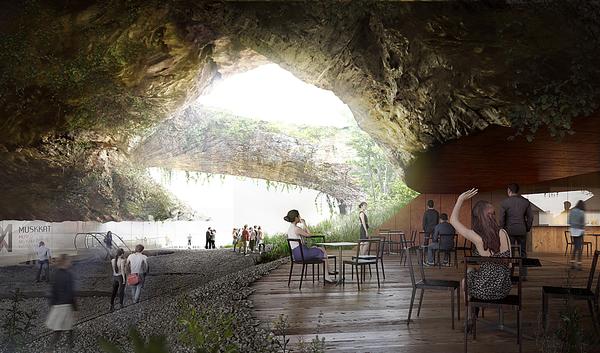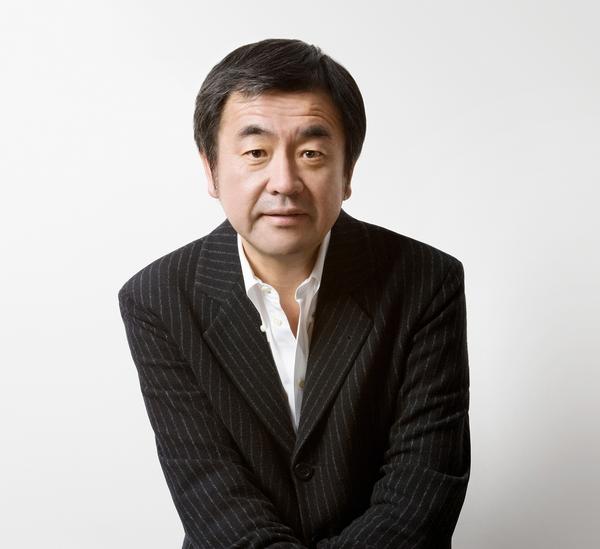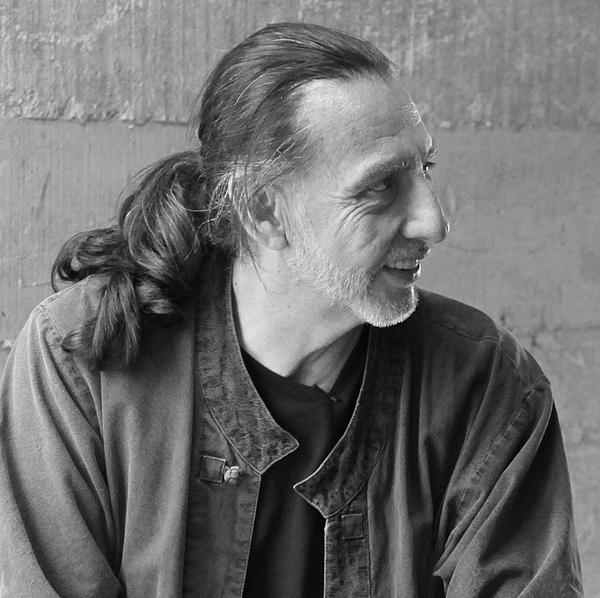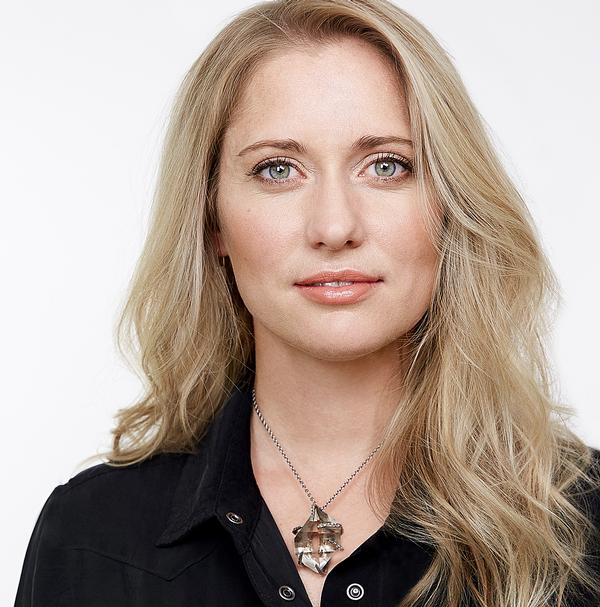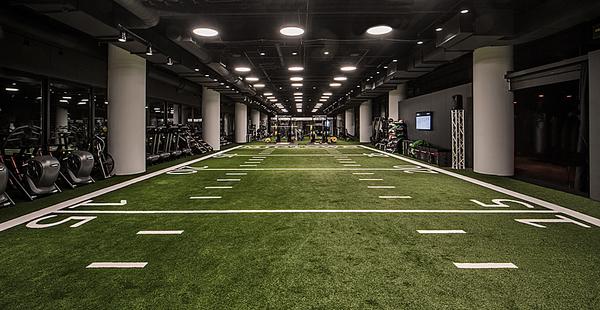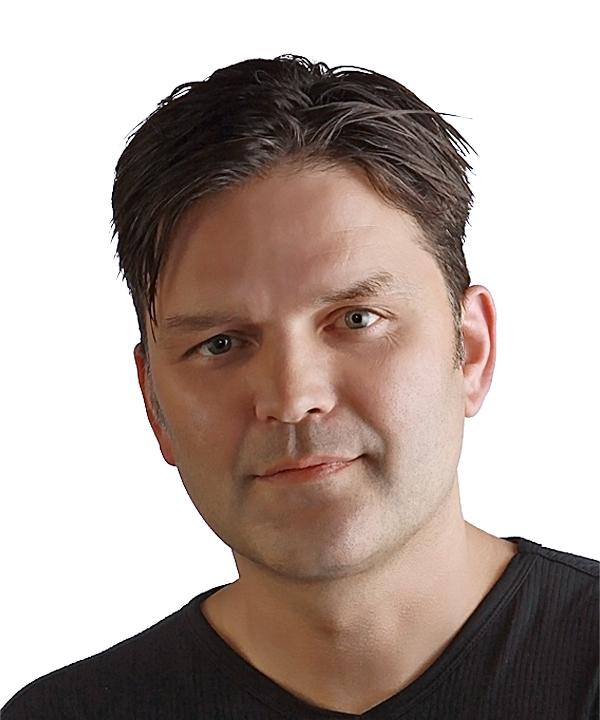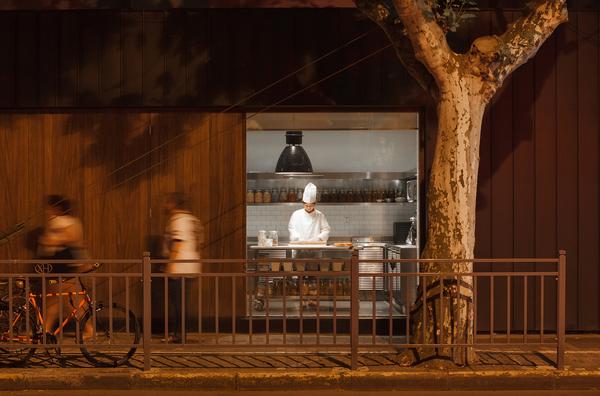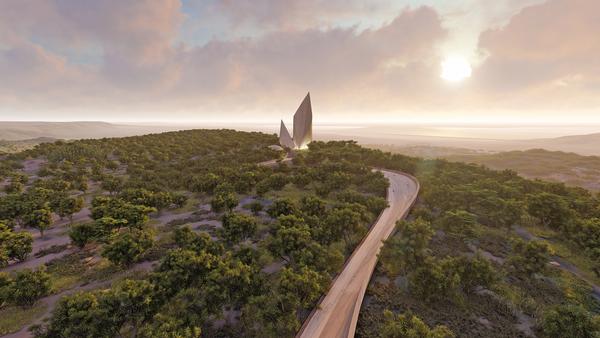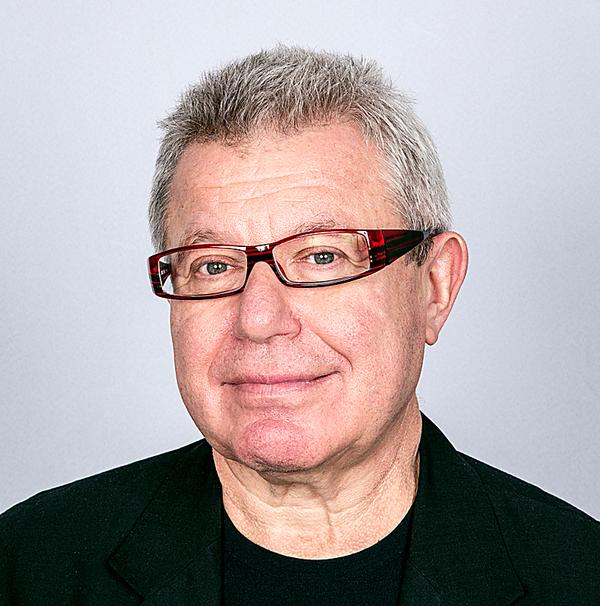Wellness
Hidden treasure
In the hospitality industry, ideas about wellness are changing,” says Rocco Bova, taking a thoughtful sip of mescal. “We’ve made a conscious decision not to follow the traditional model, where the spa, massages and fitness are at the centre of everything. Instead, we’re focused on the wellness of being.
“For me, that’s about creating happiness, be it through experiences that please the palate, the eyes, the mind and the soul.”
As general manager of the globally acclaimed Chablé Yucatán Resort & Spa, hidden deep in Mexico’s Mayan jungle – Bova is a well-placed observer of the changing nature of wellness.
While his five-star hotel does have a genuinely spellbinding spa, and a fitness centre that wants for nothing, he argues that just as important are other factors essential to wellbeing: sublime gastronomy, a profound sense of space, a respect for local culture and, crucially, exquisite design.
Modernism meets memory
Spread across the sprawling grounds of a 19th century hacienda, once home to one of the region’s most important sisal factories, the hotel is a self-contained paradise. Winding trails lead through pockets of jungle and past verdant organic gardens (maintained to serve Chablé’s restaurants and spa), a deer park, tennis courts, a wellness golf course, several swimming pools (including one formed of petrified wood) and a cenote.
Despite covering a 750 acre site, Chablé features only 36 casitas, and four villas (including a Presidential Villa and a fittingly palatial Royal Villa.)
Every residence lies hidden down its own jungle track. Architect Jorge Borja of Grupo BV SC has created a series of sleek, minimalist, white-clad volumes, fronted by expansive glass panels that allow 180 degree views of the surrounding nature and ruins. Outside, generous private plunge pools, complete with hammocks, add an extra dimension of understated style. Think Tracy Island reimagined by Oscar Niemeyer.
“The intent was to frame the old architecture with the new,” explains Borja. “In order to emphasise the past and honour the old walls on the site, we have left them intact. However, the hacienda buildings were obviously never hotels and the old architecture responded to different needs and climate, with higher density, more enclosed spaces and smaller windows. Therefore, we had to create new buildings for the guest rooms.”
“We carefully placed these new buildings to provide total privacy, and incorporated large glass walls to let in the light and merge the outdoor and indoor spaces.”
The interiors, designed by Paulina Morán, are equally impressive, with local textiles and natural materials, such as tropical wood and limestone, subtly used alongside splashes of colourful art and nods to Mayan traditional design. Morán has said her ambition was to “fuse ancestral architecture with modern spaces and nature with built interiors.” An extreme sense of care, materiality and lightness of touch is evident throughout, and the result is a genuine sense of luxury, without any requirement for bling.
The bathrooms are particularly striking, with indoor/outdoor jungle showers, marble sinks and yet more huge panels of glass. The suites, meanwhile, boast enormous freestanding sculpted stone bath tubs that looks as if they’ve just been carved from a rock face. In spaces such as these, it’s seemingly impossible to take a bad photo, however limited the photographer (as a quick search of Instagram attests).
In contrast to the casitas, most of Chablé’s public amenities are situated within and amongst what remains of the hacienda’s historic buildings. The main office and welcome area can be found in a former administration HQ, a private wine cellar occupies an old jailhouse, and the signature Ixi’im restaurant – run by the renowned Mexican chef Jorge Vallejo – has been built in the carefully restored remnants of the abandoned textile factory; a new metal skeleton painstakingly inserted to transform the original stone walls into partitions.
If “merging the old and the new” and “integrating nature” have become architectural clichés, they can at least be excused here. In the same way that modern design interventions are carefully integrated around original gates, archways and walls, nature is also permitted to take its course. Trees burst through gaps in facades, twist majestically around rooftops and provide courtyard centrepieces.
Such is the presence of the jungle, you are left with the lingering impression that you might find Indiana Jones lounging in the vine-covered cigar room, or Lara Croft perusing Ixi’im’s extensive tequila collection (3,175 bottles – more than anywhere else in the world). When you walk back to your room at night, the route is illuminated by fireflies.
“True luxury is about preserving the soul of an incredible destination,” says Bova. “When Chablé was conceived, it was important to continue telling the story of this ancient hacienda through its unique architecture and design elements. One of the mainstream trends important to the new wave of travellers is design, and the Global Wellness Institute put in a recent report that we must ‘build well to live well’. I guess we’re just translating into action what consumers expect nowadays.”
Redefining Wellness
According to Chablé’s brand manager, Liliana Castellanos, the company calls its philosophy ‘redefining wellness’.
“We think it’s the most innovative aspect of our portfolio,” she explains. “It allows us to touch the hearts of our guests through both the tangible and intangible.
“With so many distractions in the world today, we invite our guests to go back to basics and to value the important things in life in an unforgettable setting. Our aim is to speak to them in a real and honest way.”
It’s a bold claim, but Chablé, and parent company Hamak Hotels, can fairly point to the fact that they spent a period of 12 years developing the concept and building the hotel, which finally opened in 2016. This long development period means that every detail has been accounted for.
The effort has paid off faster than Chablé could have dared hope. The hotel has already received the 2017 Prix Versailles award, presented by UNESCO and the International Union of Architects to celebrate “the structures that have the most remarkable interior and exterior architecture.” Last year, Ixi’im won the same award in the restaurant category.
Being known as the world’s best-designed hotel with the world’s best restaurant has done no harm to business. Bookings have multiplied and Chablé’s wellness philosophy is being reinforced to a new generation of travellers.
Chablé Maroma
Such has been the success of Chablé in Yucatan, Hamak are expanding. The first sister property, Chablé Maroma, opened near Cancun in 2018 after eight years in development. A different type of guest experience is on offer here, this time revolving around a tropical beach on the Caribbean Sea.
While there are no shells of ancient buildings here, the jungle once again takes centre stage. Signs on the approaching roads warn drivers to keep a careful eye for crossing jaguars, while bridges for monkeys hang overhead.
Morán once again provides the hotel’s interiors, with architect Javier Fernandez this time responsible for creating the casitas. As before, modernism meets nature, with geometric volumes placed carefully around existing mangroves.
“This hotel is a response to our guests who seek the Chablé experience in a tropical beach setting, with closer proximity to an international airport,” explains Castellanos. “Maroma has long been considered one of the best beaches in the world and it seemed an obvious choice for us, far away from the all-inclusive hotels and noise.
“In line with its sister property, it respects its natural landscape, with minimal interference to the surrounding jungle and beach. We’ve touched none of the flora or dunes along the hotel’s coastline.”
There is also a unifying focus on creating experiences that encourage happiness, she adds, although this time an itinerary might incorporate kayaking, jet skiing, scuba diving or a conch-blowing ceremony on the beach.
“The ambition of ‘redefining wellness’ is the same, as is the dedication to design excellence. Our aim is to take this manifesto around the best places in Mexico and the world.”
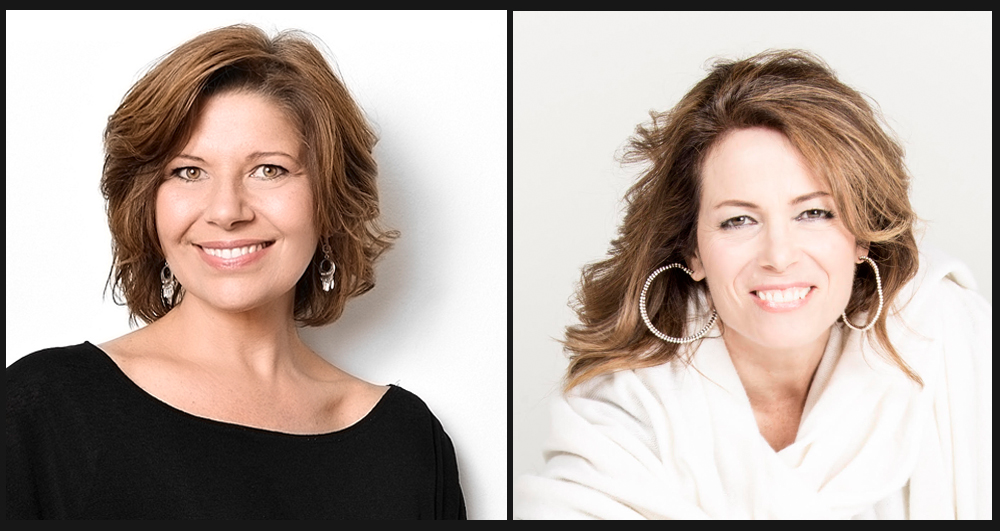
Of particular note is the Chablé’s spa, which surrounds a cenote; a natural sinkhole considered sacred by the Mayans and one of the best-known features of the Yucatán Peninsula.
The spa was conceived by Amy McDonald, owner and CEO of Under a Tree, Health and Wellness Consulting, in collaboration with Bonnie Baker, owner of Mexico-based spa consultancy Satteva.
“Although it is really high-end luxury it is thoughtfully infused with local culture and nature,” McDonald has said. “The rooms are completely surrounded by glass – you are in the jungle.”
The 3,022sq m (32,530sq ft) spa blends “ancient mysticism with modern curiosity”, and features a naturally formed cenote as well as several temazcal experiences and an infinity pool made from petrified wood.
The cenote – seen as a healing force in Mayan culture – is central to the spa, and guests can even bathe in it. Twelve single treatment rooms, one double and one spa suite are all situated around the natural landmark.
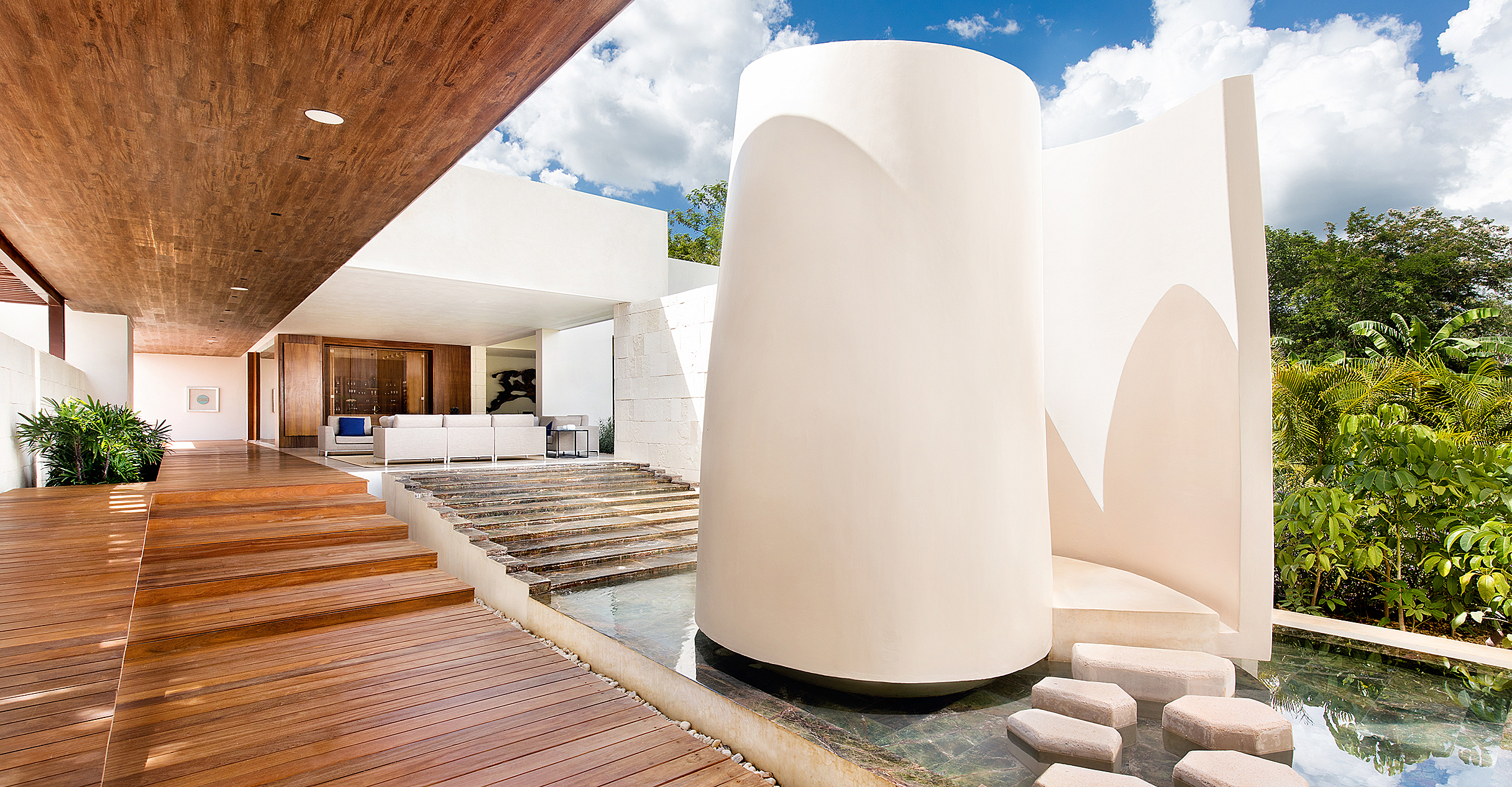
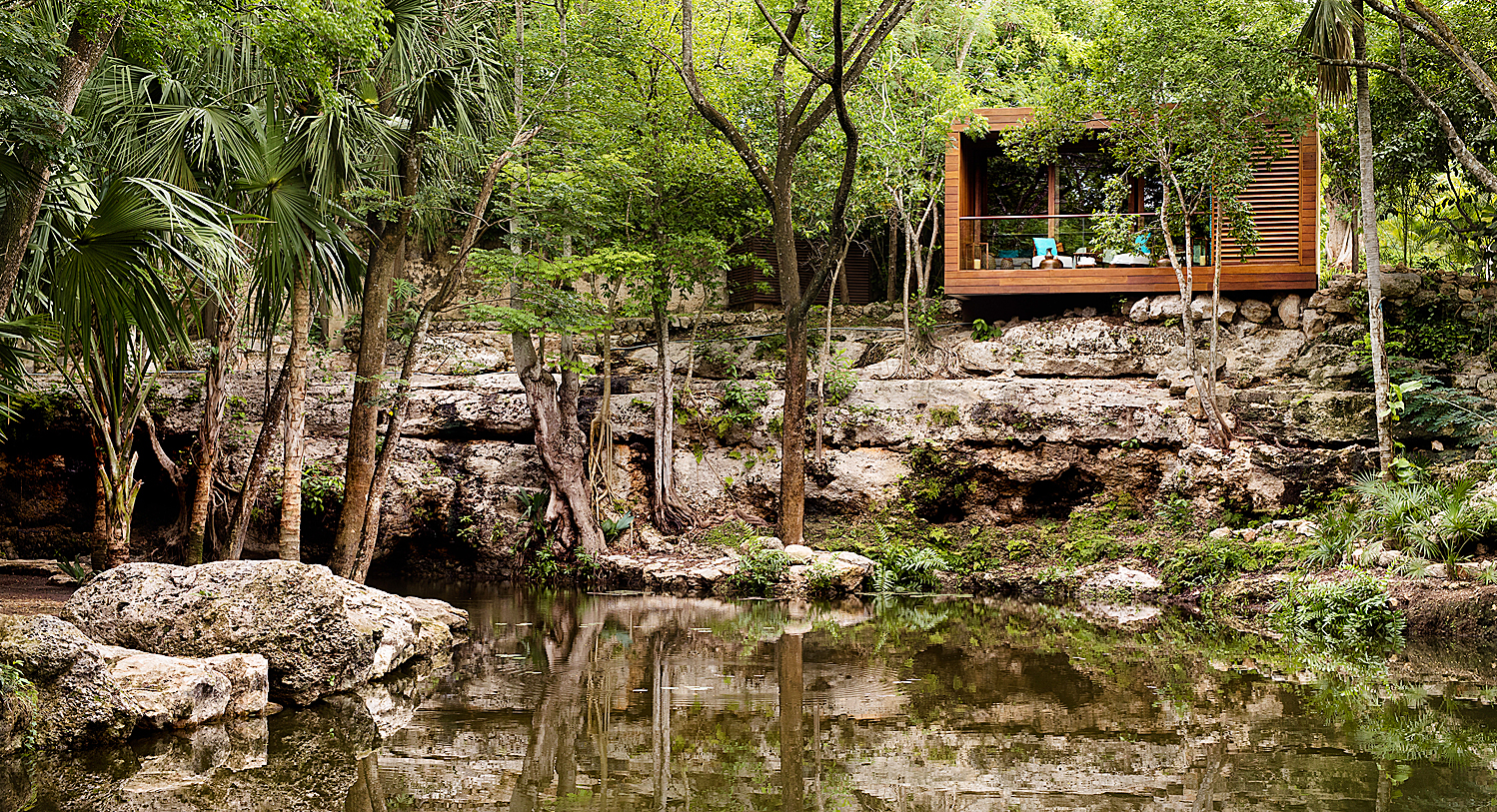
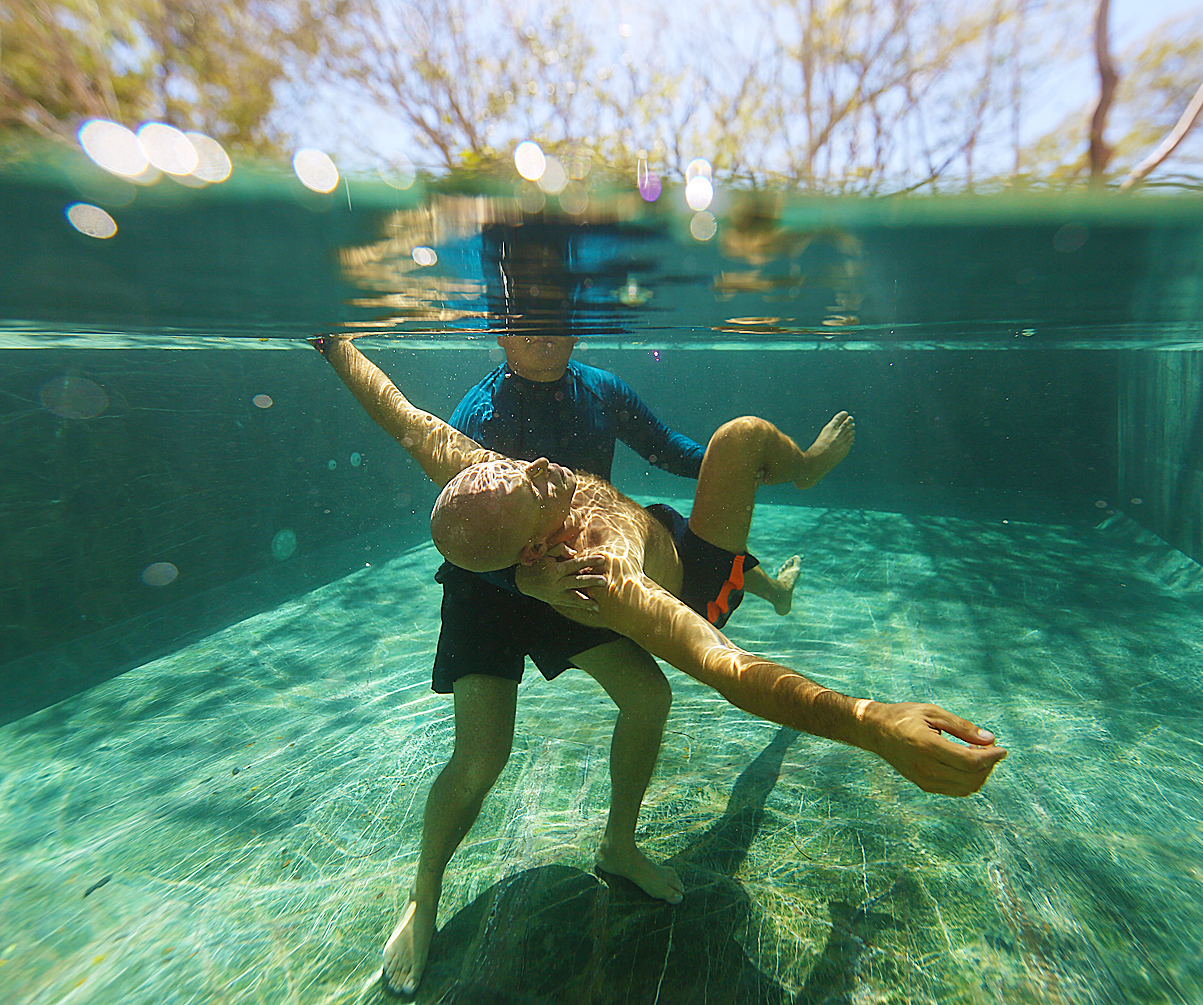

In each Chablé, the challenge we set ourselves is to create a high-end hotel in a unique location, using the local culture as a strong influence. An invisible thread should guide the guest on a journey to experience the richness of the craftsmanship, the art, the music, the food. At the same time, there should be a feeling of being at home. We do conscious research before we draw any lines. Each project has to tell us a story, and we try to listen, hear and to feel in order to find its inner soul.
Nature is also a huge influence – whether it is the jungle, the beach or the ocean. We mostly use natural materials in all the elements of the interior design, combining ancient techniques with more contemporary accents, for example in our use of bronze, ceramics and wood.
With the Chablé Yucatán project, we tried to preserve the old buildings by ‘floating’ all the inner structures and furniture, so that they stand apart. The old walls act as a natural canvas for the new furniture and design elements, eroding and changing over time. We’ve tried to retain the dignity and importance they had in the past while ensuring that the interventions, with an expert hand, give the project the modernity that a high-end hotel needs. I particularly love the main building and the signature restaurant. They were very damaged buildings and we have brought back their splendour.
For me, winning the UNESCO prize twice in a row [for Chablé Yucatán in 2017 and Ix’im in 2018] is mind-blowing and the highest recognition for me as an interior designer. I´m very proud to be Mexican, and the real honour is to show the world what my country has to offer: the rich culture and the kind hearts of the people.
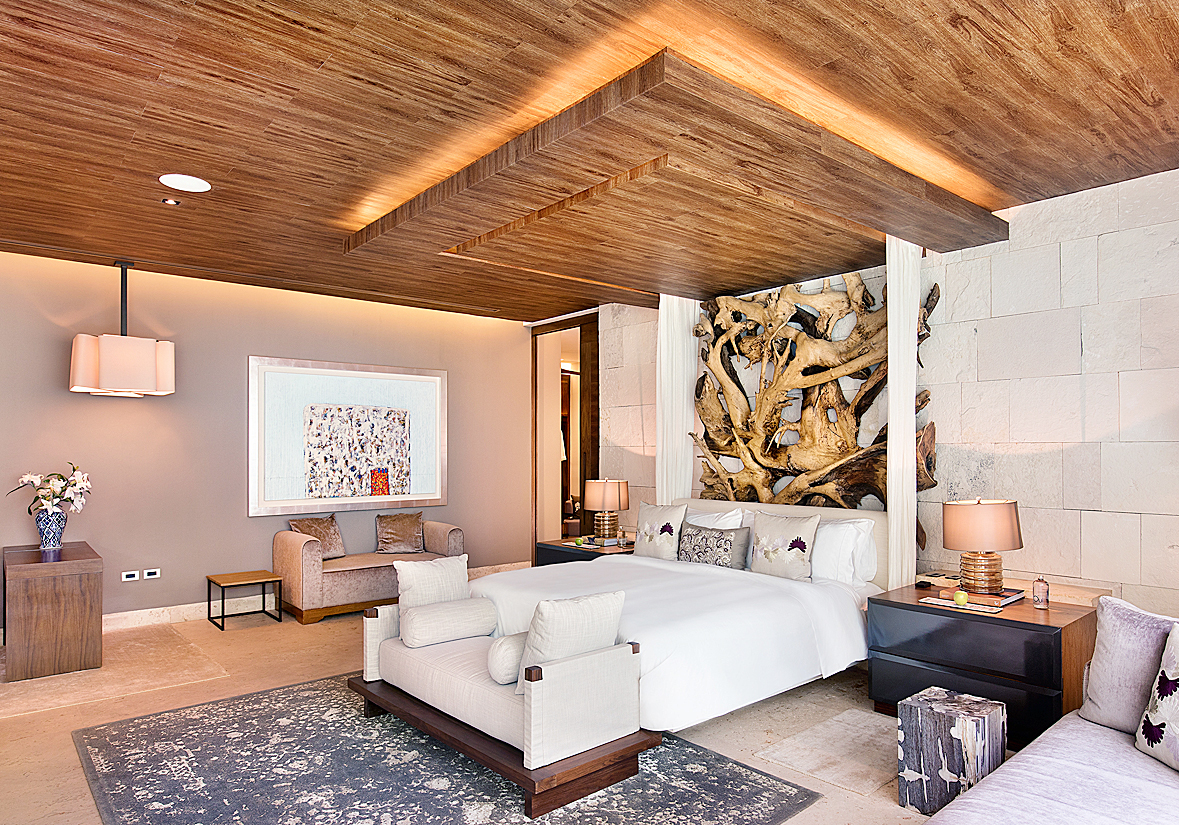
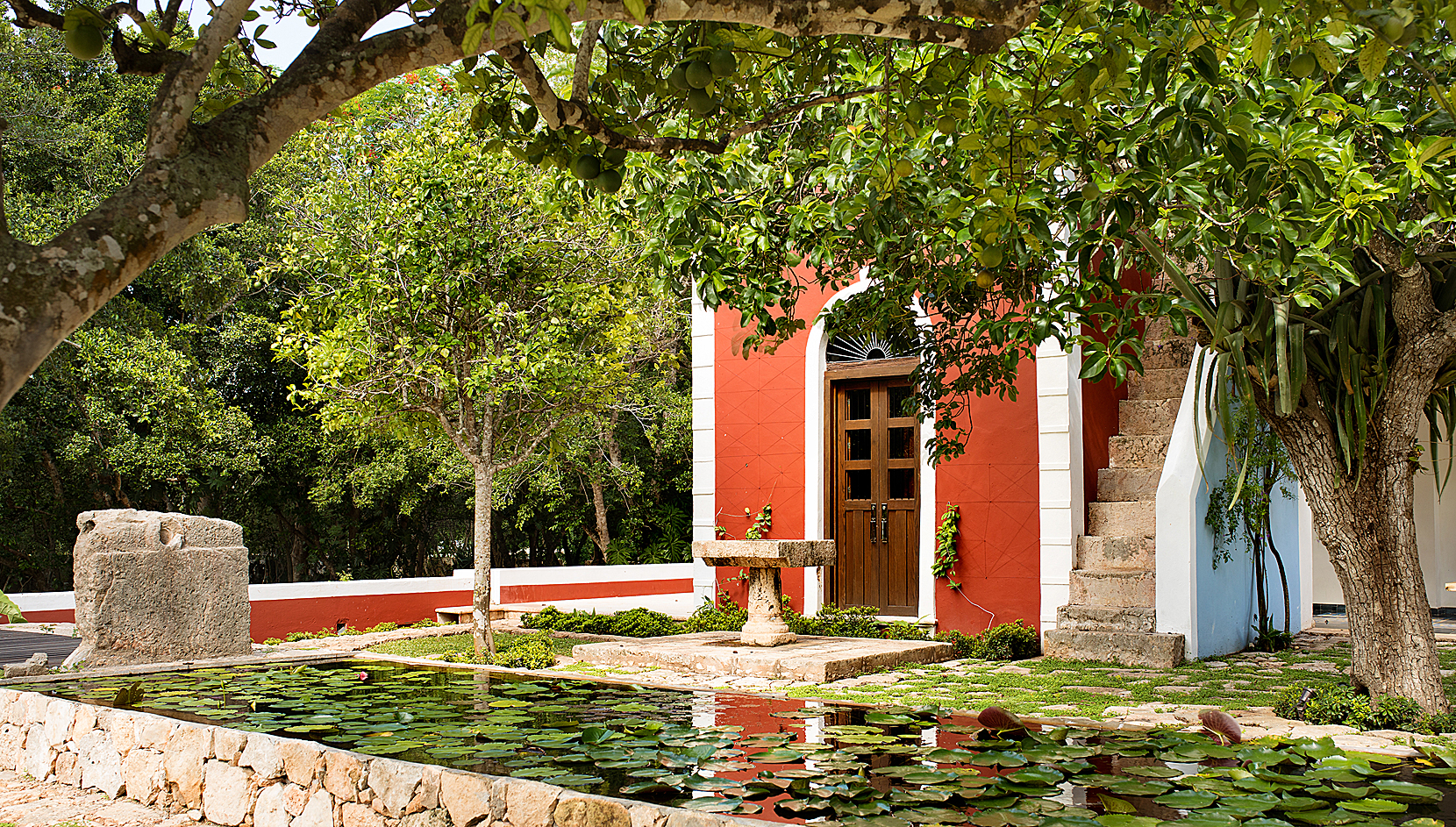
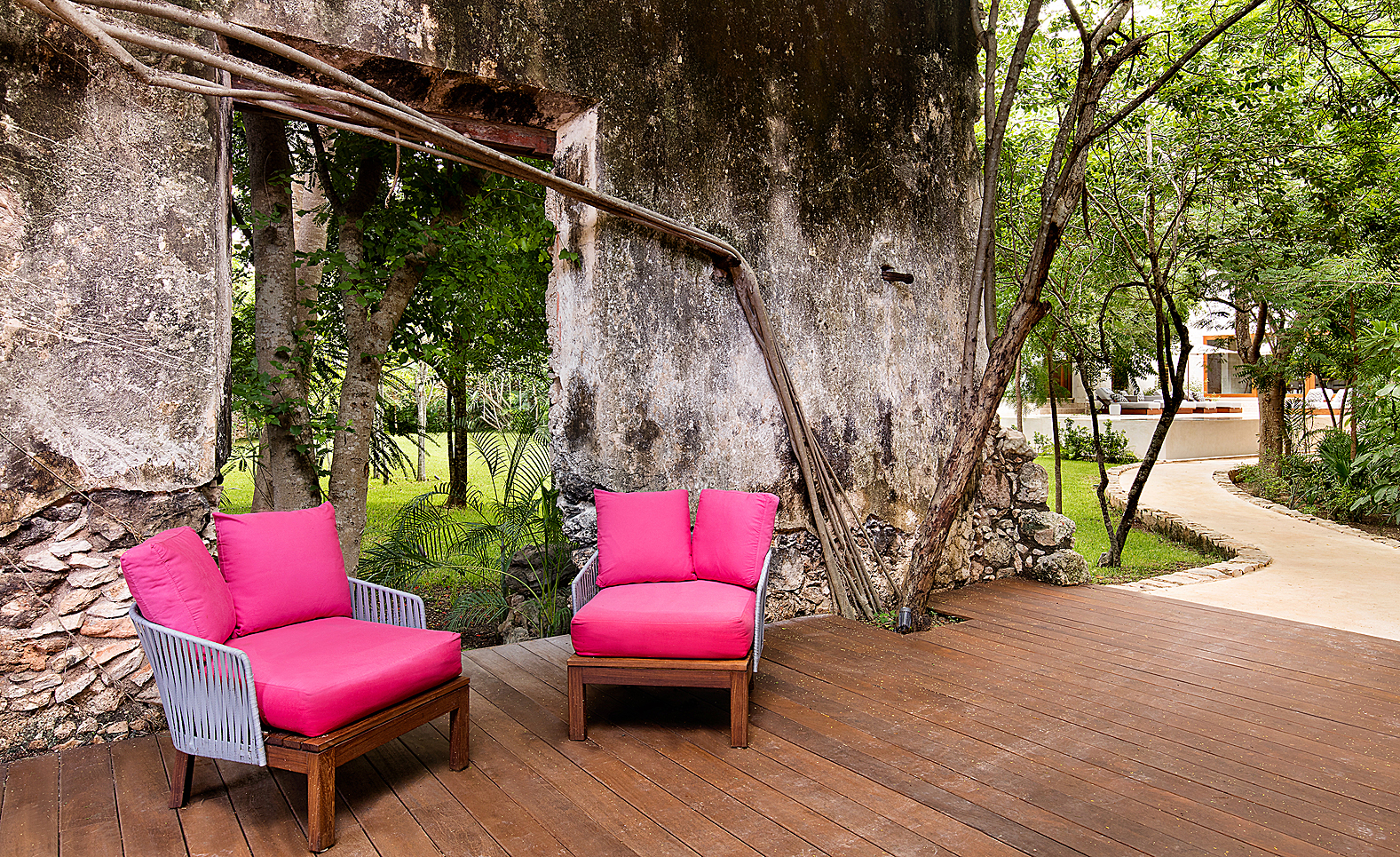
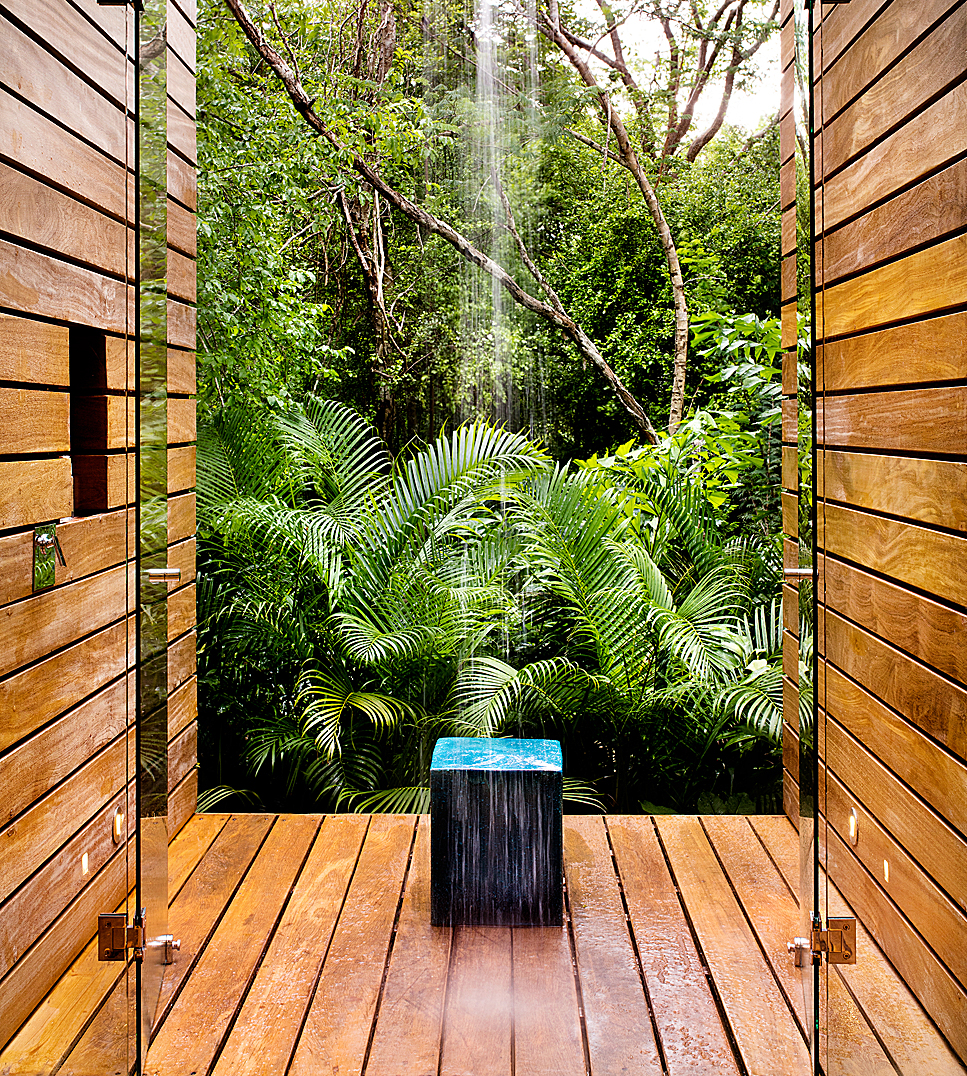
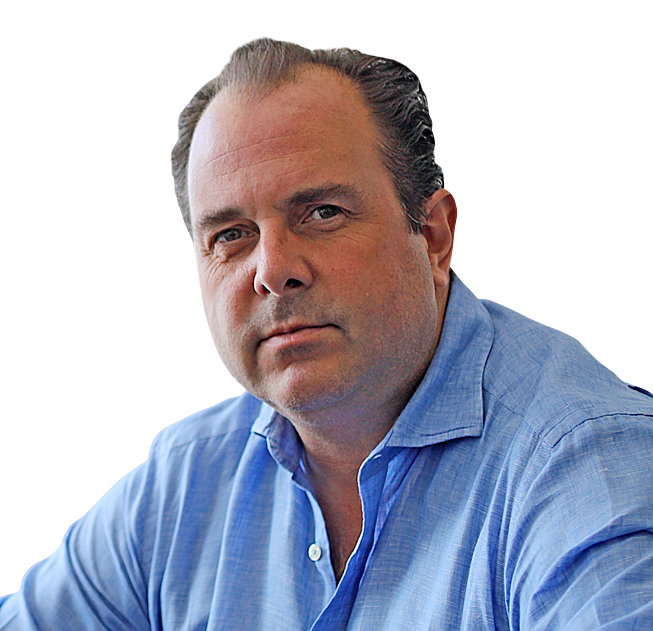
What first drew you to the project?
I had previously worked with a partner of Hamak, the hotel operator, on a residential project. He introduced me to the people backing this Chablé project and we were well matched in our understanding of the challenges.
My first attraction of course was the natural beauty of the place and the hidden history behind it. The old hacienda had been abandoned for many years and its crumbling walls covered with vines told a compelling story of the architecture from the past.
What was the biggest challenge and the biggest opportunity?
The biggest challenge was how to make this place attractive, other than by merely emphasising its hidden natural beauty. Over the past 20 years, there have been many restorations of this type of hacienda, making them look as they were before and turning them into luxury hotels. Despite these admirable attempts, these restored buildings very rarely meet the expectations of comfort and luxury required. We detected an opportunity to be different and to make a truly comfortable and modern hotel, which also honours its history and forms a unique destination.
How did you go about deciding how to incorporate the site’s amazing historic buildings?
We wanted to take the guests through different experiences. First, we sought to express a sense of place upon arrival in the main reception building, or ‘Casa Principal’. We carefully restored it to the way it was in the hacienda times, while ensuring it met the needs of the hotel.
Then, as people walk to their casita, they pass through a landscape of gardens, beautiful trees and historic ruins. It took a long process of analysis and many visits to the site to decide on the placement of new buildings and pathways to enhance this immersive experience. In my explorations, decisions were made as we walked through the jungle, discovering beautiful trees and pieces of the old buildings that just had to be part of a new building, or a view from a new room.
We had a masterplan that was continuously changing. We would mark on site the buildings and move them around as the process developed, until eventually we had a final layout.How did you aim to create a feeling of wellness and luxury through your design?
Since the resort location was not a destination with an oceanfront or any particular view, other than of its existing buildings and the beautiful open cenote which can be seen from the spa, the challenge was to give the guest something new and different to look at within the premises. The new buildings are really not intended to be viewed from the outside.
Instead, they are designed to maximise views out towards the surrounding vegetation and historic elements. I think this openness and embrace of nature creates a sense of relaxation and wellness. The guest rooms also emulate the spa in some ways, with pools and private terraces where treatments can take place, adding to this feeling of comfort.
Do you have a favourite part of the completed hotel?
That’s hard! During the first explorations of the site and through the evolution of project we identified lots of spots where we could imagine sitting, meditating or enjoying a beverage in the shade of a tree. For example, next to the main pool we had a striking tree and decided to design a simple bar around it. So I like to see these spaces realised. Or maybe it is the spiral enclosure in the spa, which is used for meditation and rituals before a treatment. Originally there was a Ceiba tree right there, but during construction it was hit by lightning. The Ceiba is considered a sacred tree for the Mayans as it connects with the underworld. Our structure on the spot seeks to represent the tree and this concept.
How did it feel to win the UNESCO award?
We were overwhelmed, surprised, thankful and honoured. Just being in the UNESCO headquarters in Paris was already an unbelievable thrill and a joy. To then receive the world award was an explosion of happiness.
How important are projects like this for Mexico?
I think placing projects like this in remote places, far from any tourist areas, is very important for the local and adjacent communities. It definitely helps with employment and creates a connection with the local community from the beginning.



